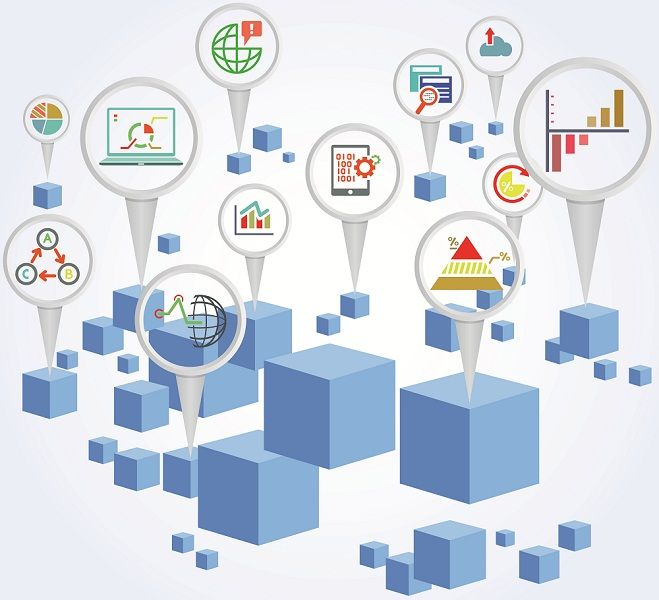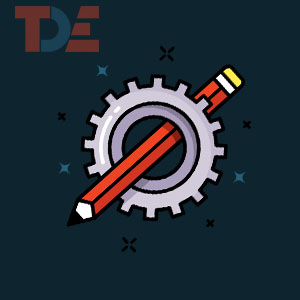What’s the Kind of Analytics Your Data is Dishing Out to You?

Data Analysts have one of the most important jobs when it concerns the overall functioning of an organization including the production efficiency. It is their job to analyze corporate data, and translate all the data into actionable insights, which can be understood by other company employees who directly contribute to the furthering the progress of the organization.
The following are the four types of data analytics which constitute the paradigm of analytics:
Descriptive (What’s happening?)
This is the most common form of data analytics, from which the analyst can glean information regarding the major processes and measures in the organization.
Similar to a monthly statement of profit and loss, the analyst can have access to data regarding a large section of the company’s clients. The analyst can understand and translate demographic information regarding the company’s customers, and this would be considered as descriptive analytics. Descriptive analytics can also be enhanced with the use of visualization tools.
Diagnostic (Why’s it happening?)
Once descriptive analytics has located within the company, what is happening that might be restricting progress of the organization, diagnostic analytics comes into play. Diagnostic analytics tools allow the analysts to delve deep down, locate and then isolate the very cause the problem.
Robust corporate data dashboards have time-series data-reading capabilities, as well as filters and drill down features, which effectively aid diagnostic analytics.
Predictive (What might happen?)
Predictive analytics models are employed to estimate the possibility of something happening in the future of the company. These models utilize a lot of variable data to come to any predictive conclusion. The analysts compile all the data in the form of a score or prediction, which aid the organization to make better company decisions keeping the predictions in mind, rendering predictive analytics one of the most used analytics across industries.
Prescriptive (What’s needed to be done?)
The prescriptive model of analytics, leverages the knowledge gained form the three former types of analytics. Once the analyst knows what is happening, why it is happening and what might happen, it is then just a matter of choosing the best course of action.
These four forms of analytics offers different amounts of value to an organization, but they all positively affect the workings of a company, enhancing productivity and efficiency at varying levels.


 By
By 








